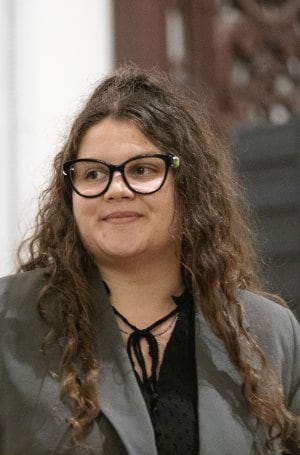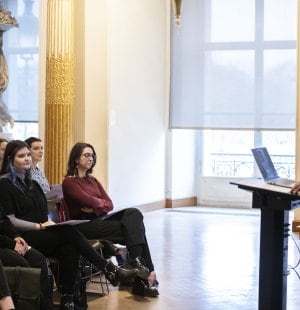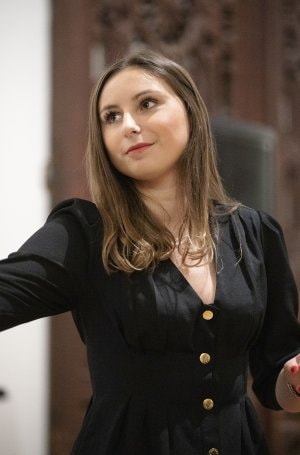
L’ÉCOLE, School of Jewelry Arts, with the support of Van Cleef & Arpels, developed five annual study scholarships in 2019, destined for students doing research-based master’s in art history and/or gemology, on a topic connected to jewelry.
This financial support for research is part of L’ÉCOLE’s objectives, which aims not only to promote visibility of jewelry culture, but also to contribute to jewelry knowledge.
Discover this year's laureats below!
























